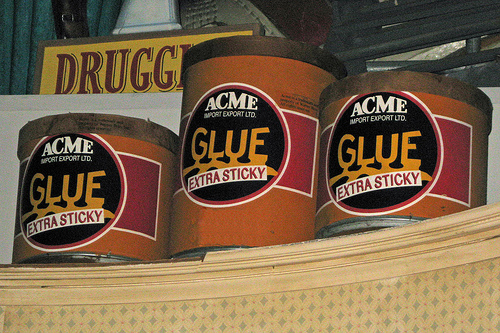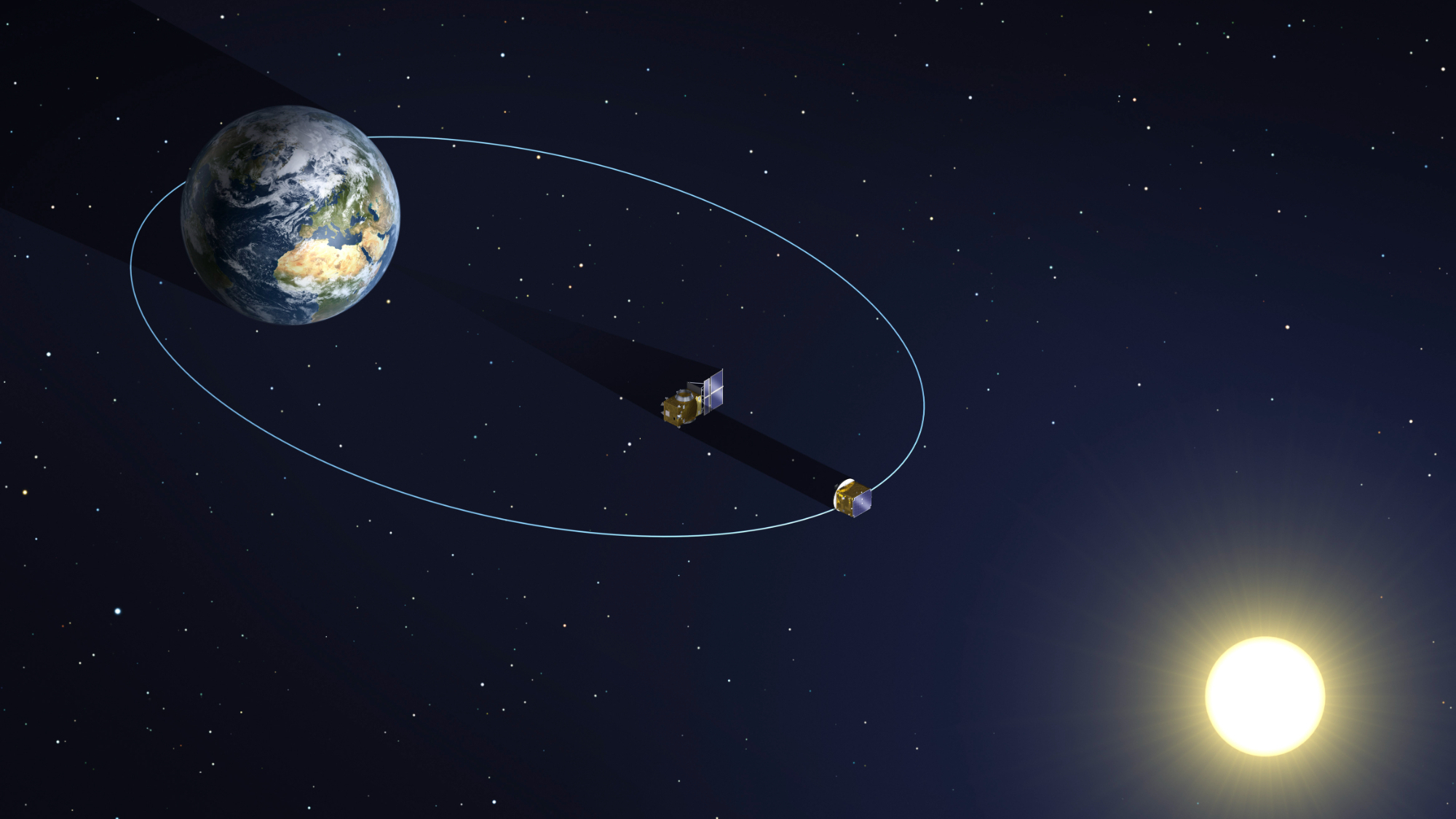New Glue Stays Sticky Even In Outer Space

A new adhesive with strange properties could make sticking stuff together a little easier in outer space. This Velcro-like adhesive isn't as strong as comparable glues found at the hardware store, but it has a unique stickiness in dry environments.
On a spaceflight, for instance, astronauts could use the new glue to replace any tiles on their spacecraft, should it have them, researches said. The adhesive even could even be used as the trigger in a moisture-detection device, they added.
The glue is made up of peptides – chains of amino acids naturally found in the body – that become sticky when their pH reaches a level of 9. The pH scale measures how acidic a substance is, ranging from 0 for very acidic to 14 for very basic.
“The way this peptide works is, when we raise the pH it comes together and it forms long fibrils, and these fibrils become entangled. So if I were to show you a picture of this, it would sort of look like a plate of spaghetti,” lead researcher John Tomich, a professor of biochemistry at Kansas State University, explained. “These fibrils will form, and what happens if you have a rough surface, they’ll get caught around the crags and the holes of whatever that surface is.”
Most glues get brittle and crack when moisture is removed, but this one gets stickier, Tomich told InnovationNewsDaily.
"It could be used as a timing device or as a moisture-detection device," Tomich said. "There could be a circuit or something that, when the moisture got to a certain level, the adhesive would fail and break the circuit, sounding an alarm."
Tomich says the glue is ready for prime time but just needs a buyer.
Get the Space.com Newsletter
Breaking space news, the latest updates on rocket launches, skywatching events and more!
This story was provided by InnovationNewsDaily, a sister site of SPACE.com.
Join our Space Forums to keep talking space on the latest missions, night sky and more! And if you have a news tip, correction or comment, let us know at: community@space.com.

